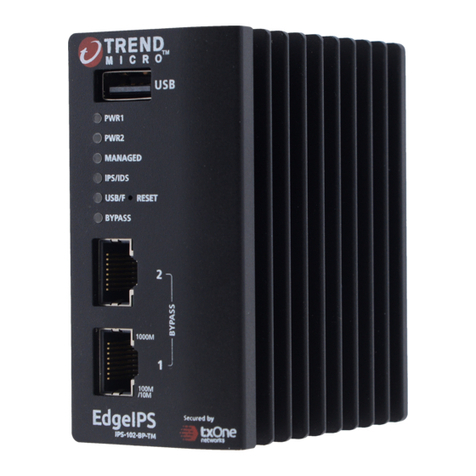
N-Platform Hardware Installation and Safety Guide iii
To attach network connections........................................................................................................27
Using the external ZPHA module......................................................................................................27
Check LEDs....................................................................................................................................... 27
Setup wizard...................................................................................................................................... 28
TippingPoint 2500N, 5100N, and 6100N devices overview............................................................... 29
Device overview....................................................................................................................................29
Chassis features................................................................................................................................ 31
Power switch................................................................................................................................... 31
Ports.................................................................................................................................................31
LEDs................................................................................................................................................ 32
Model requirements.............................................................................................................................. 32
Power requirements........................................................................................................................... 33
Cabling requirements......................................................................................................................... 33
Technical specifications........................................................................................................................ 33
Hardware and interface specifications...............................................................................................34
Software specifications...................................................................................................................... 35
Hardware installation and configuration............................................................................................... 35
TippingPoint 2500N/5100N/6100N chassis....................................................................................... 35
Determine total rack space............................................................................................................. 36
Attach the device to the rack..........................................................................................................36
Connect the power supply.............................................................................................................. 36
Attach cables......................................................................................................................................37
To attach the Console port connection........................................................................................... 37
To attach the Management Processor connection......................................................................... 37
To attach network connections........................................................................................................37
Using ZPHA....................................................................................................................................... 38
Check LEDs....................................................................................................................................... 38
Setup wizard...................................................................................................................................... 38





























